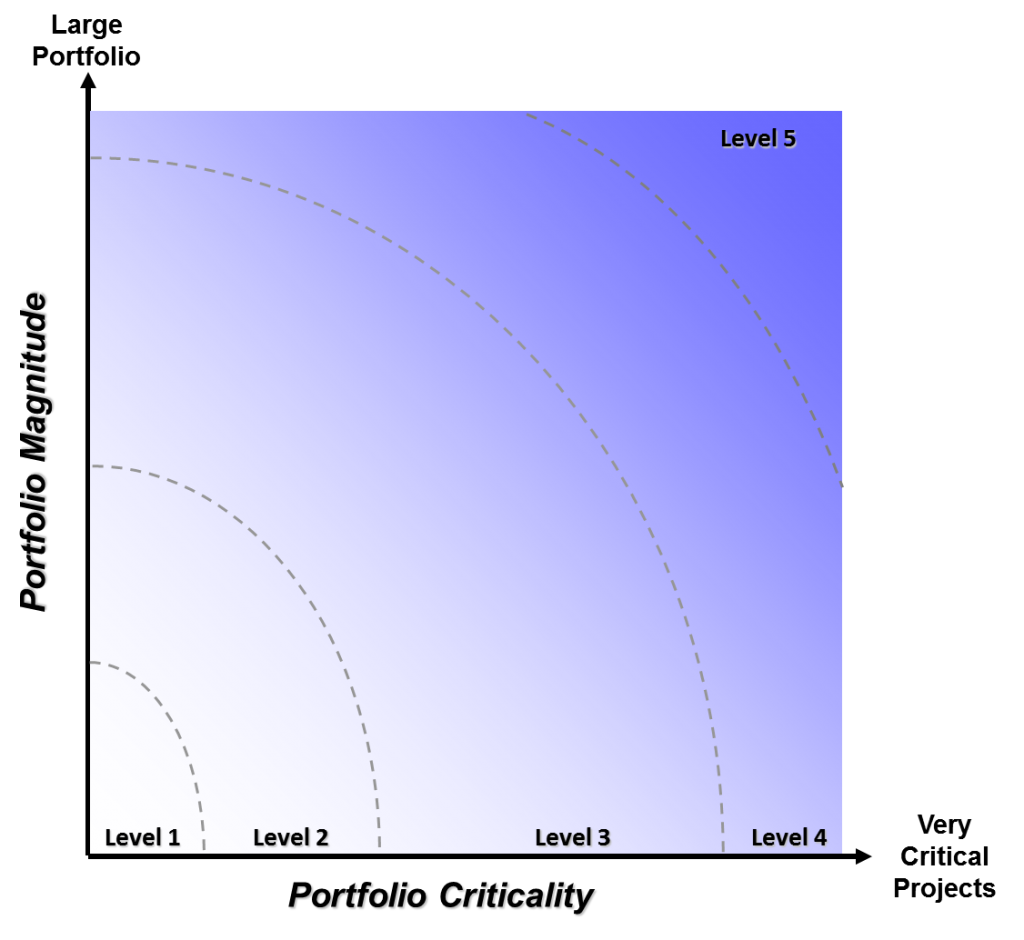I am attending my first Gartner conference and have included some of the highlights from day 1 below:
AM Keynote:
It’s about risk. Don’t apply process overhead to low risk efforts.
Today’s status has something for pleasing everyone, but the full truth for no one.
Don’t ask everyone to ‘run’ when walking is ok.
Business cases may be ‘adorable’ but emotions still drive executive decision making.
Take a holistic approach–focus on outcomes first, process second.
Power PMO (Matt Light – Gartner )
Defective business cases lead to defective portfolios.
“Only when you see value are you able to tell what is waste and then start to get rid of it”
Portfolio value at the beginning of the project lifecycle is not approving wasteful projects
Portfolio value at the middle of the project lifecycle is cancelling or fixing poorly performing projects
Portfolio value at the end of the project lifecycle is reviewing the project benefits and results
PPM Maturity Workshop (Donna Fitzgerald – Gartner )
Don’t throw process at a level 1 organziation
Slow down just enough for level 2 organizations
“Real” portfolio management begins at level 3.
No individual heroic effort will get you to level 4. The enterprise must go with you.
Level 5 (if achieved) only lasts a few years and will fail after key senior leaders leave.
PPM Governance (Robert Tawry – Gartner )
Either get your process well established first OR buy a tool that is easily configurable.
You can optimize resources for speed or efficiency. If you optimize for speed, contributors should only work on 1 project. If you optimized for efficiency, you should do 3 or less projects simultaneously.

